
On a train journey from Graz to Gmunden, I took this photo of Strechau Castle (Burg Strechau). It is considered the second-largest castle in Styria. Inside, it offers a collection of classic automobiles.
You only see what you know (Goethe)

On a train journey from Graz to Gmunden, I took this photo of Strechau Castle (Burg Strechau). It is considered the second-largest castle in Styria. Inside, it offers a collection of classic automobiles.
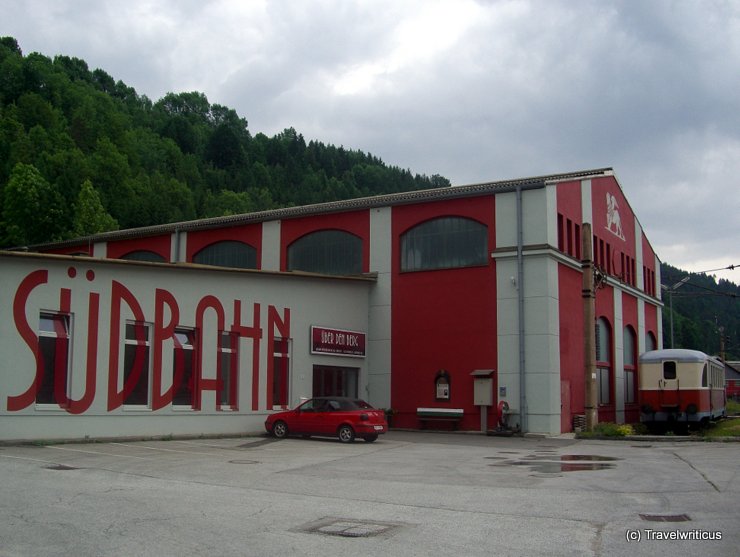
The museum exhibits in a former locomotive hall the history of the Südbahn Railway (Vienna-Trieste) with an emphasis on the route over the Semmering Pass (Semmering Railway). In a second locomotive shed a numerous collection of draisines is gathered. [German]
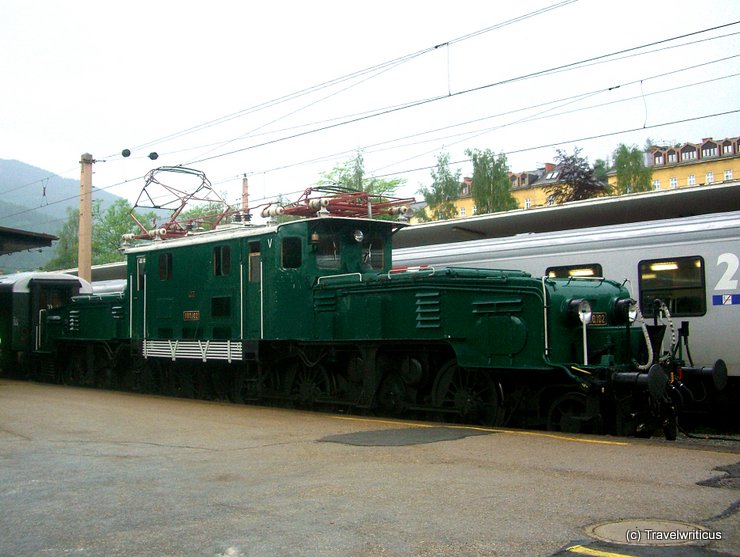
An electric locomotive built in 1925/26. The nickname of this class of locomotives is ‘Austrian Crocodile’. These locomotives used to drive heavy trains along the mountain routes of Austria. [German]

The Murinsel in Graz is a floating platform in the Mur River. US artist Vito Acconci designed this construction in 2003. Two footbridges connect the platform with both banks of the river. Inside the dome, visitors find a café where they can watch canoeists driving by. [German]
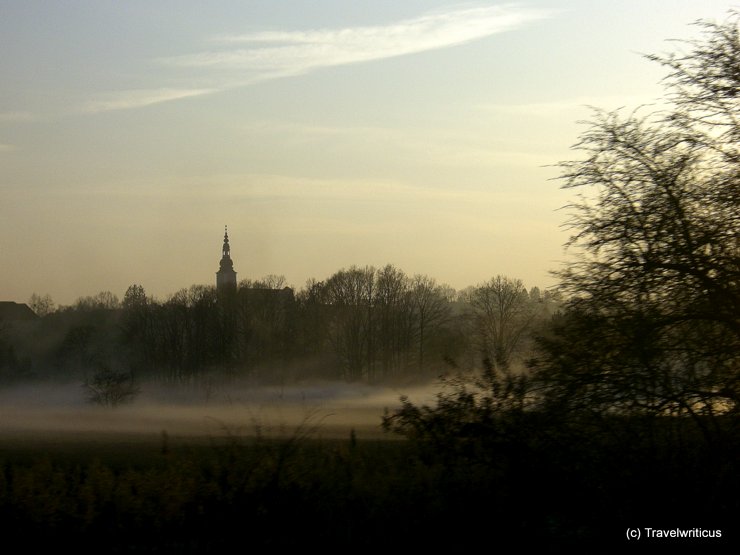
On a train journey through Styria I took this photo through the windows of a local train.
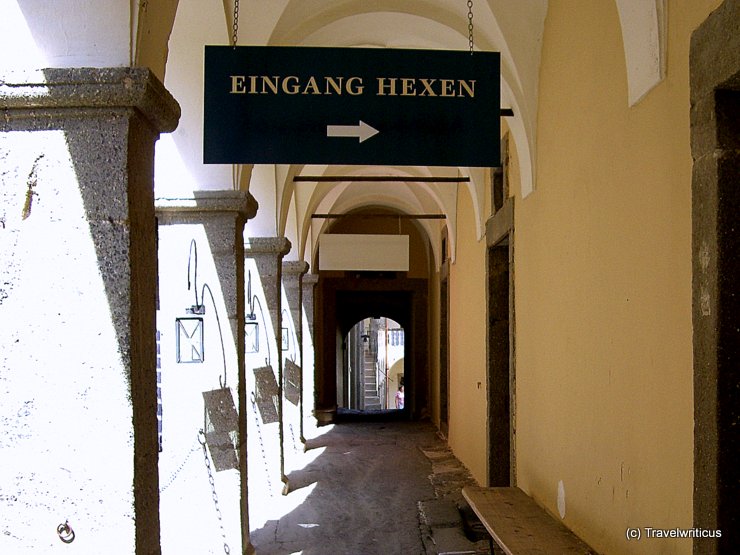
At Riegersburg Castle, I saw this sign pointing to an entrance (Eingang) for witches (Hexen) reserved for witches. Joking apart, it was the entrance to a detailed exhibition about the history of witch-hunting in the Austrian region of Styria.

I took this photo of Riegersburg Castle (Riegersburg) from a distant hill. The castle is considered one of the largest fortresses in the Austrian state of Styria. Inside, it offers an excellent exhibition about the history of witch-hunting.

Before reaching Riegersburg Fortress, I had a short break at Kornberg Castle (Schloss Kornberg) nearby. This castle is a member of the Castle Road (Schlösserstraße), an association of several castles in Styria, Burgenland and Slovenia.
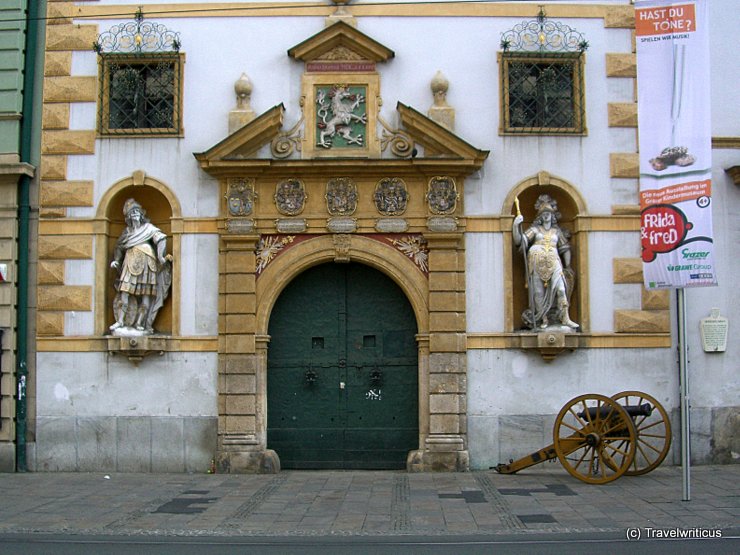
In August 2007 I visited the Styrian armoury (Landeszeughaus) of Graz which is famous for its large collection of weaponry and armour intended for a defensive army against Ottoman and Hungarian troops.
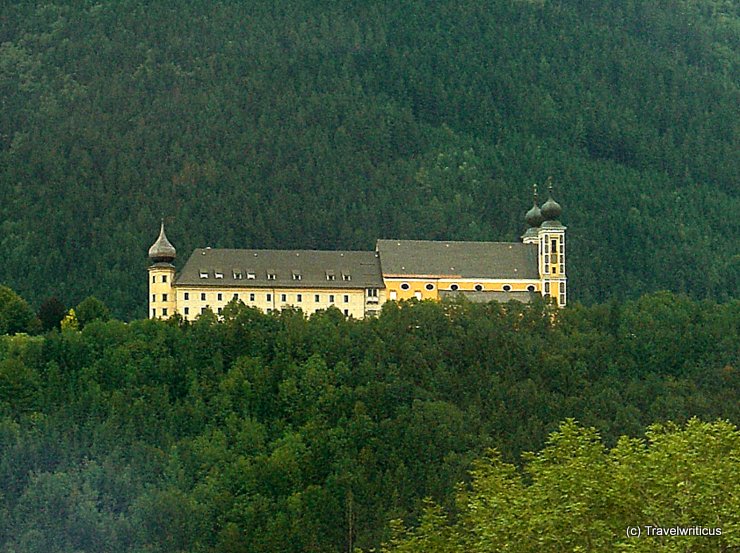
Sitting on a train on the Rudolfsbahn (Rudolf Railway), passengers have this view of a pilgrimage church on top of the Frauenberg. The german title of the church is Pfarr- und Wallfahrtskirche Maria Opferung am Kulm.
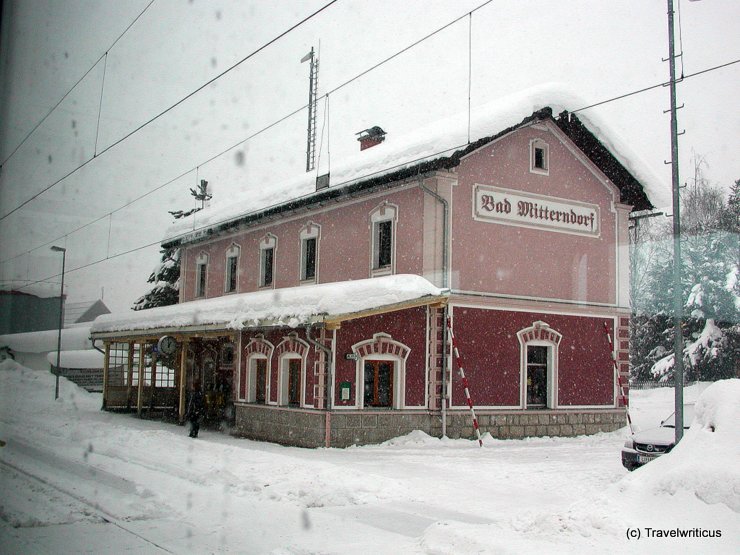
The railway station of Bad Mitterndorf is part of the Salzkammergut Railway (Salzkammergutbahn), where you can still see typical Austrian railway stations of the 19th century. I took this photo while sitting on a waiting train opposite the station building.